50 Facts About Nature’s Wonders That Will Take Your Breath Away

Even the most methodical scientists and jaded skeptics can’t help but be impressed by the awesomeness of nature. Whether it’s the majesty of the Grand Canyon, the intensity of a hurricane, or the intricate beauty of a colorful butterfly, the world around us really is incredible. But the craziest thing about nature is perhaps that there is always new information to learn and new sights to see. So, we’ve rounded up some shocking, funny, and just plain weird facts about nature’s wonders that will give you even more appreciation for the planet’s riches.
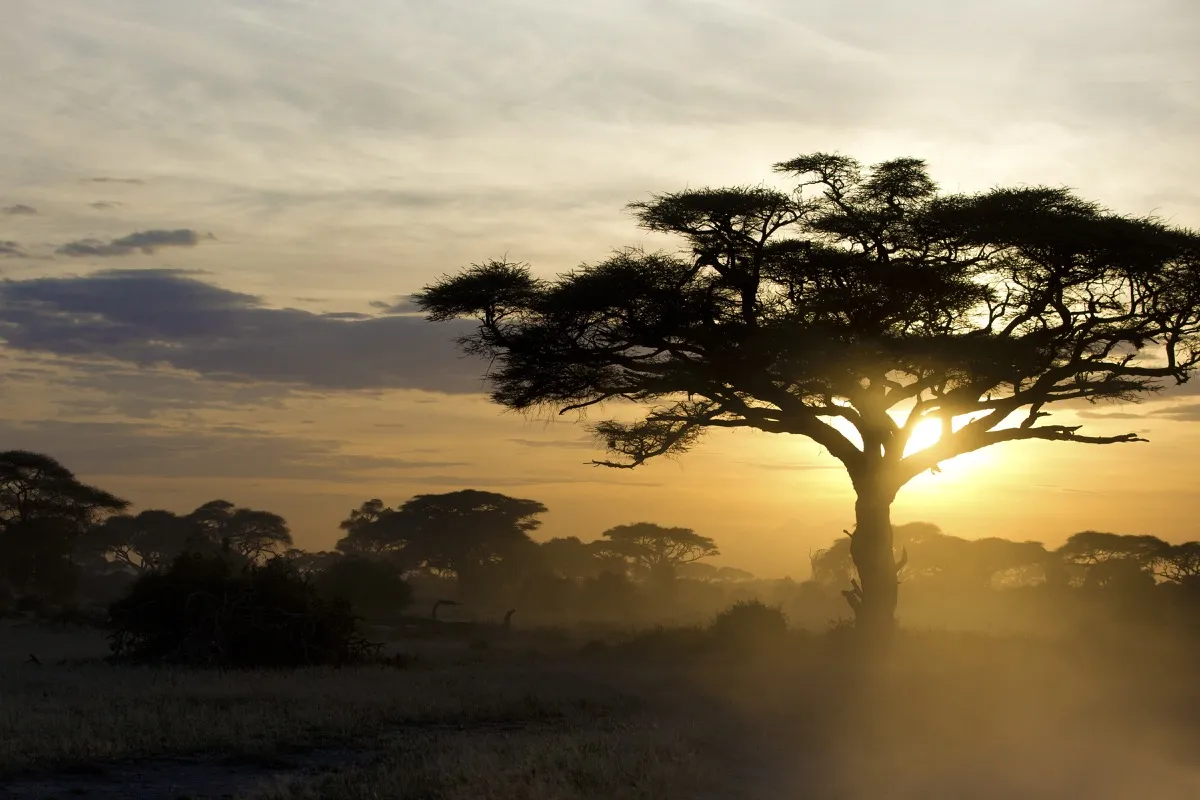
Arcadia trees, which grow all over the African savannah, have a unique defense system. When animals like antelopes start to gobble up its leaves, the tree increases tannin production to levels that are toxic to animals.
But that’s not all. The tree then emits a cloud of ethylene gas that travels through the air, reaching other trees so they too can begin producing more tannins.
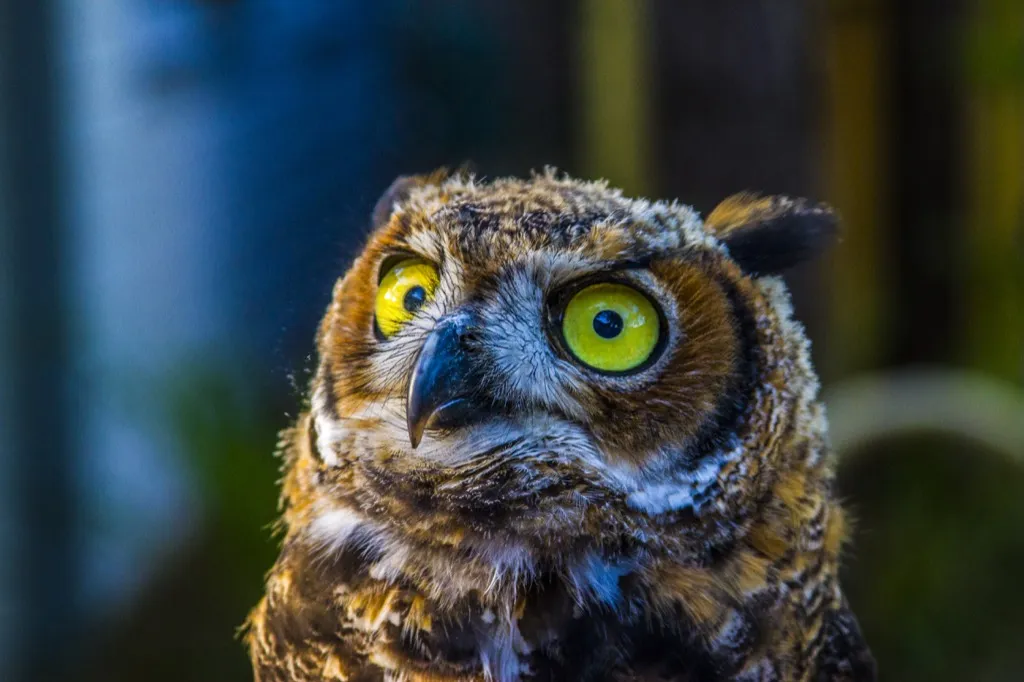
What they have instead are better described as eye tubes. Since they can’t move these tubes back and forth, owls have developed incredible neck flexibility to be able to see the world around them. They can turn their heads a whopping 270 degrees, whereas humans can only manage about 180.
As a result, owls have a special blood vessel system in their heads to keep fresh blood circulating to the brain when a quick head turn cuts off circulation.

On Earth, you need heat to fuse metal, but in space, two pieces of the same kind of metal will fuse together with only a little pressure. The process is called cold welding, and it happens because of the lack of atmosphere.
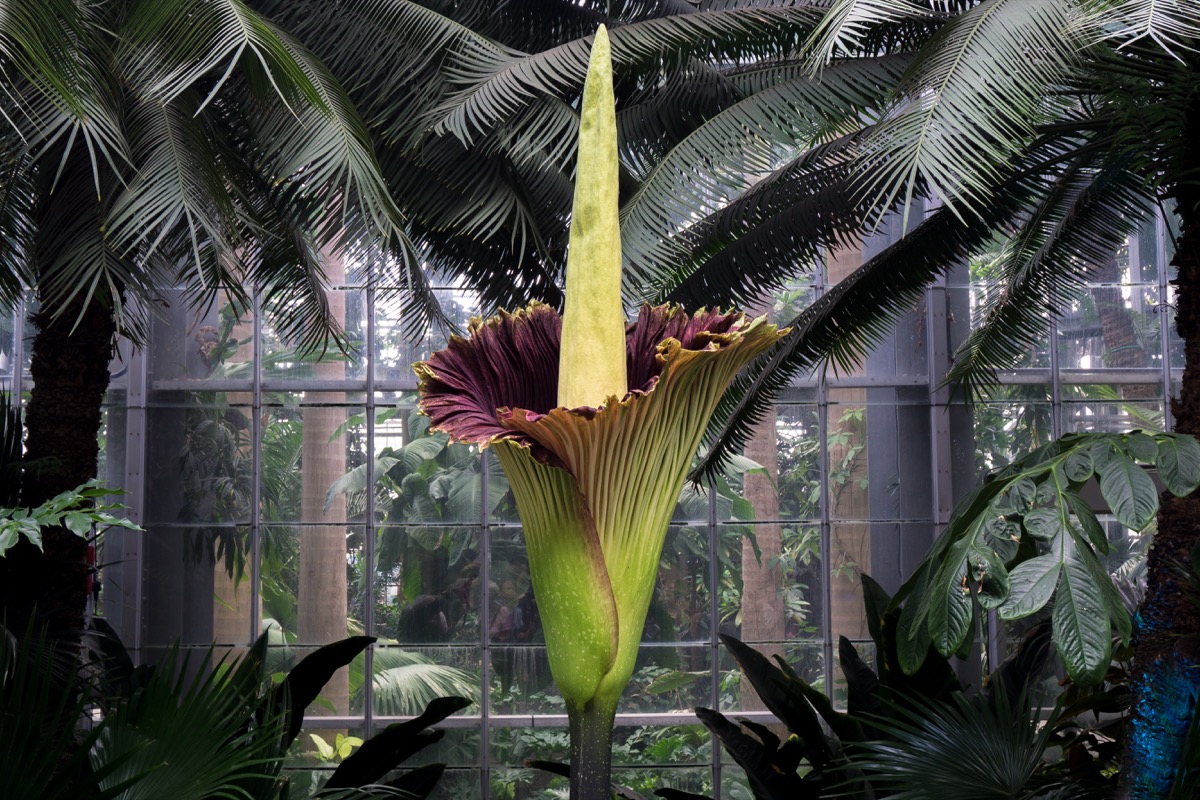
You might not know about the plant genus Rafflesia, but you may have heard about the “corpse flower,” a rare type of jungle plant that attracts pollinating insects to its huge flowers by smelling like death and rot.
In fact, there are 28 distinct species of this rootless, leafless plant, with flowers varying in size from about 5 inches to 40 inches. Most of these flowers take six to nine months to grow and will begin to decay within a few days.
Fun fact: The Pokémon characters Vileplume and Gloom were inspired by this unusual flower.
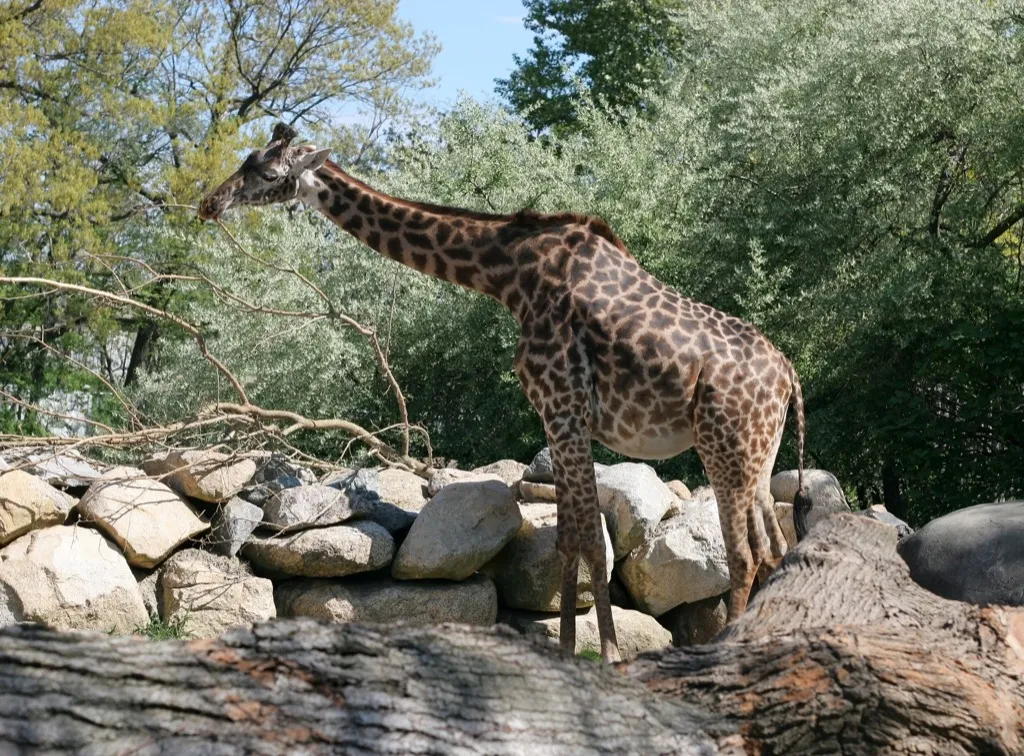
While adult giraffes usually sleep standing up, baby giraffes will get a bit more comfortable. They hunker down on the ground and take advantage of their extra-flexible necks, twisting around to plop their noggins on their own behinds. It doesn’t look especially comfortable, but it sure does look cute!
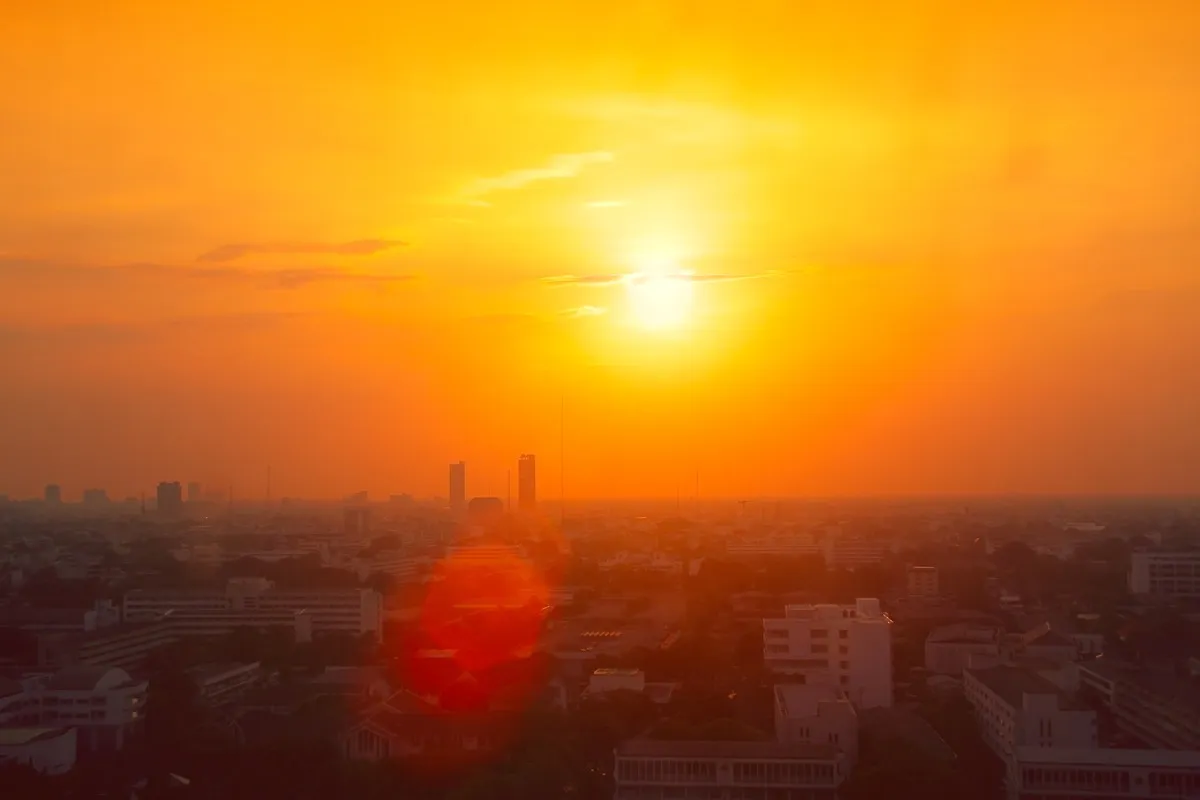
Tornadoes, hurricanes, and flooding can devastate entire towns at once, but the weather condition that proves deadliest to humans is actually heat.
Looking at the numbers from the past 30 years, tornadoes caused an average of 70 deaths a year and flooding an average of 81, but heat caused an average of 130 deaths a year. If you don’t have access to air conditioning or sufficient water, excessive heat can be deadly.
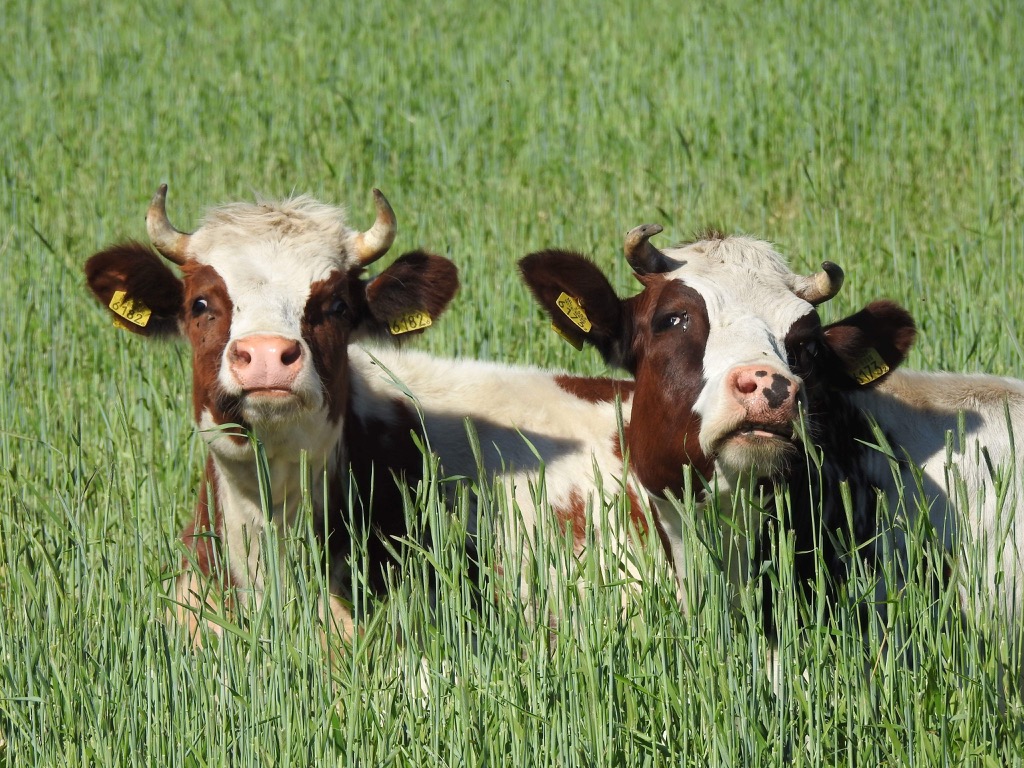
Turns out, Jaws really blew things out of proportion for sharks. According to the Center for Disease Control, sharks kill an average of four people per year, while cows kill an average of 22 annually. Though some are due to road accidents, 75 percent were premeditated attacks.
“What’s really chilling is that, in five cases, people were killed by multiple cows in group attacks,” one Gizmodo reporter wrote. “Group attacks can be surprisingly well-coordinated. When they’re feeling defensive, cows will gather in a circle, all facing outwards, lowering their heads and stamping the ground. When they’re feeling offensive, certain cows lead the charge.”
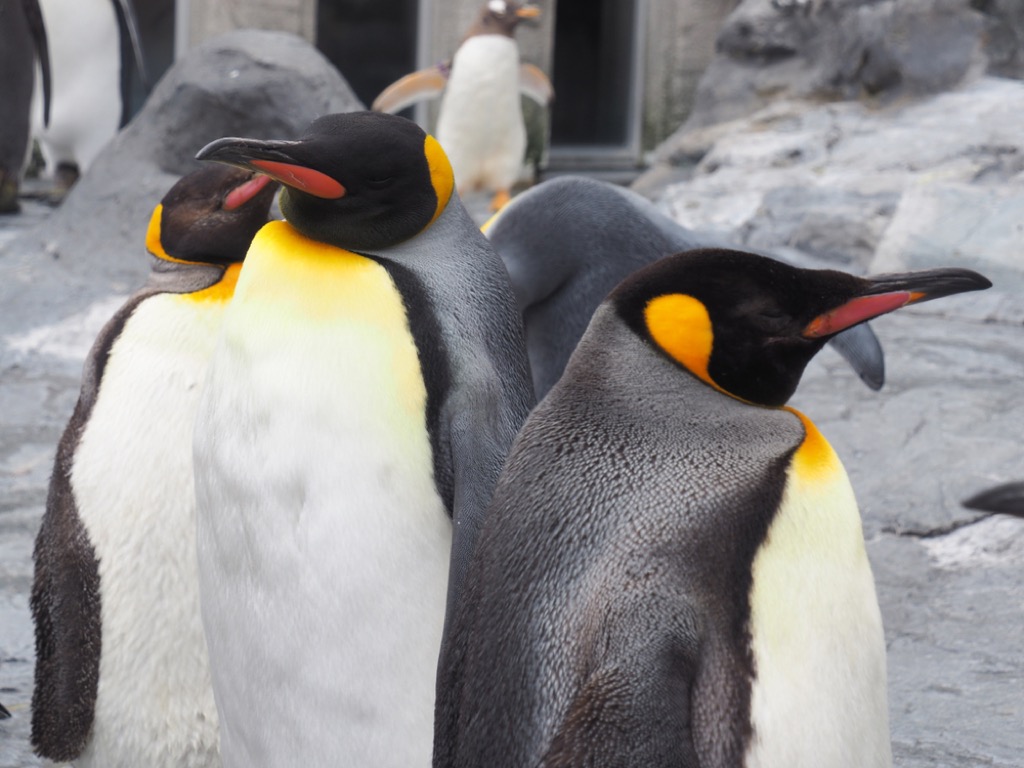
The biggest penguins around nowadays are emperor penguins, measuring a respectable 4 feet in height.
However, 37 million years ago, a species known as Palaeeudyptes klekowskii, or colossus penguins, roamed Antarctica. They weighed about 250 pounds and stood about 6 feet, 6 inches tall, which is the height of the average NBA player. Unfortunately, like modern penguins, these colossus penguins could neither fly nor, presumably, dunk. But it’s still fun to imagine a penguin going one-on-one with LeBron James.

Researchers at Queen Mary University of London found that though goats don’t have their own language, they do seem able to pick up accents from one another. You can listen to some of them here.
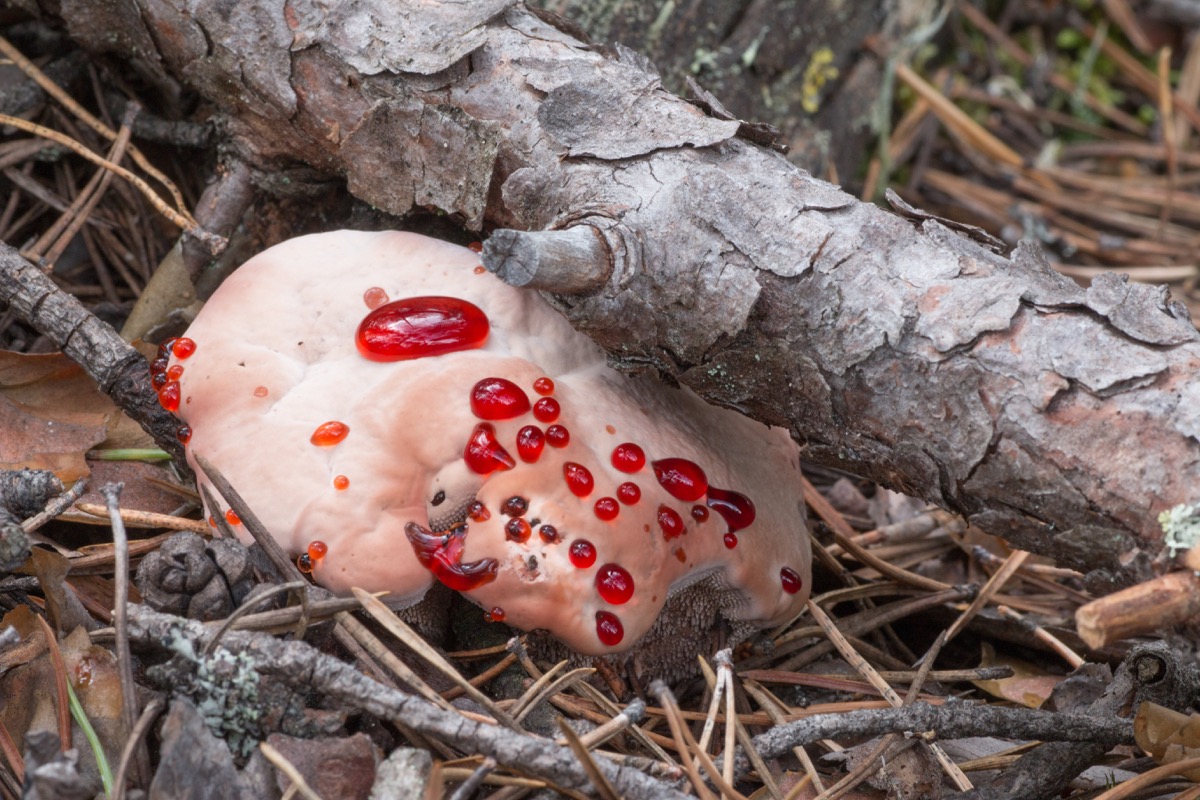
Found all across the United States, particularly in the Pacific Northwest, the mushroom Hydnellum peckii has a pretty unmistakable appearance, particularly when it’s young.
This fungus exudes a thick, dark red sap across a white cap, earning it numerous nicknames, from “strawberries and cream,” to “devil’s tooth,” to “bleeding tooth fungus.” Fortunately, neither the fungus nor the sap are poisonous, but they’re both said to be inedibly bitter. So we suggest staying away.
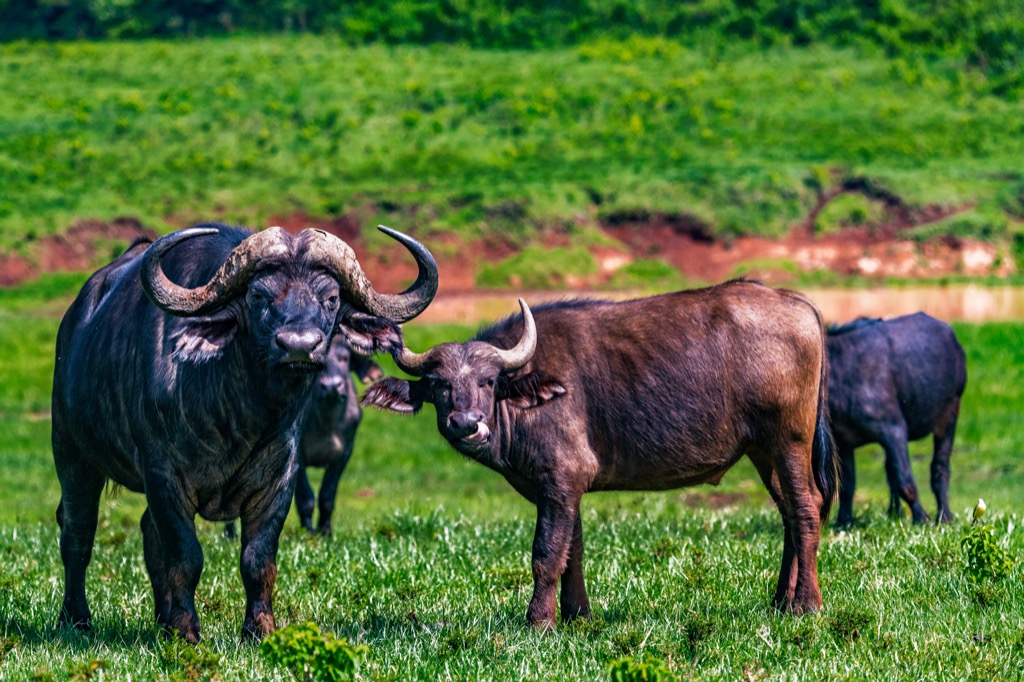
Apparently, democracy isn’t limited to humanity. For example, African buffalo herds are known to select the direction they’ll travel by voting.
One by one, the adult females of the herd will stand up, look in a particular direction, and then lay back down. Whichever direction gets the most looks is almost always where the herd travels. If voting is strongly divided, the herd will often split up temporarily.
Red deer and numerous kinds of monkeys display similar democratic behavior.
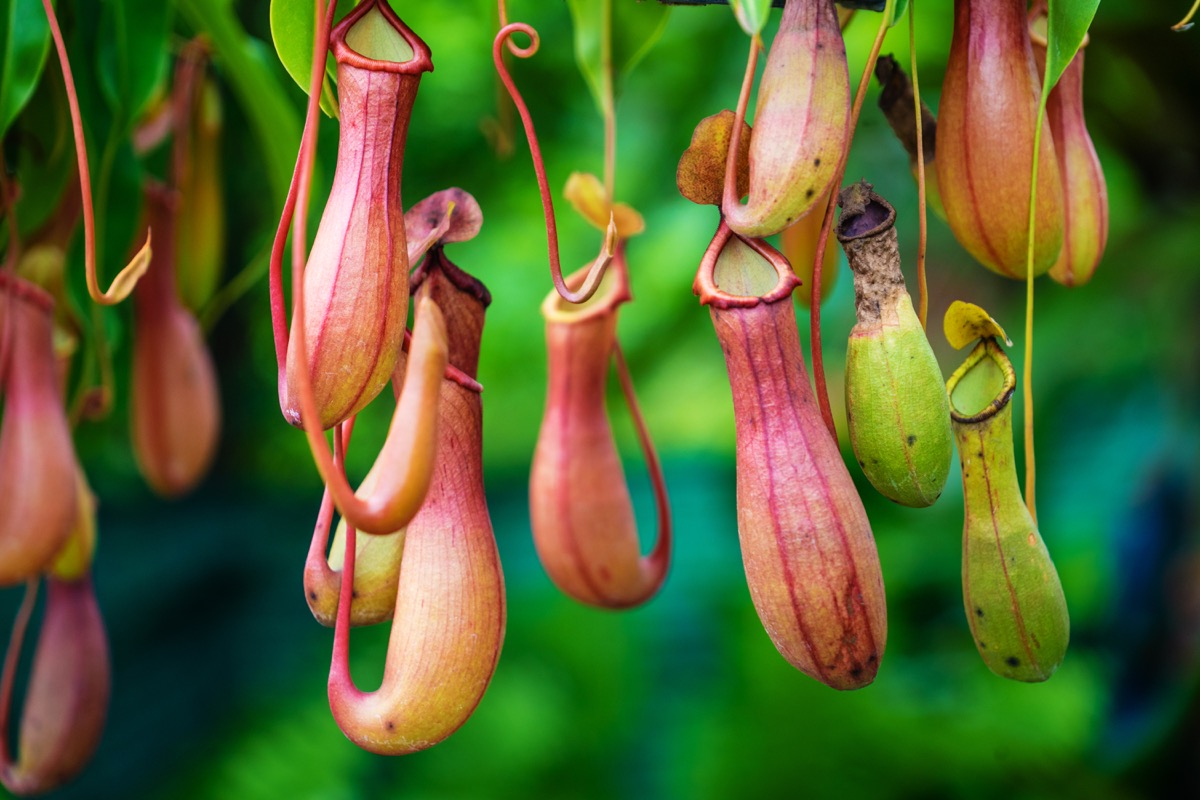
You’ve probably heard of carnivorous plants like the Venus flytrap, but the Nepenthes lowii (or the Low’s pitcher-plant) has moved away from eating animals, to instead feasting on what they leave behind.
The plant secretes a white, sugary nectar that both birds and shrews love. But in order to access it, they must perch their rear ends over the mouth of the Low’s pitcher-plant. “Basically it’s a toilet complete with a feeding station,” said one researcher at Royal Roads University in British Columbia.
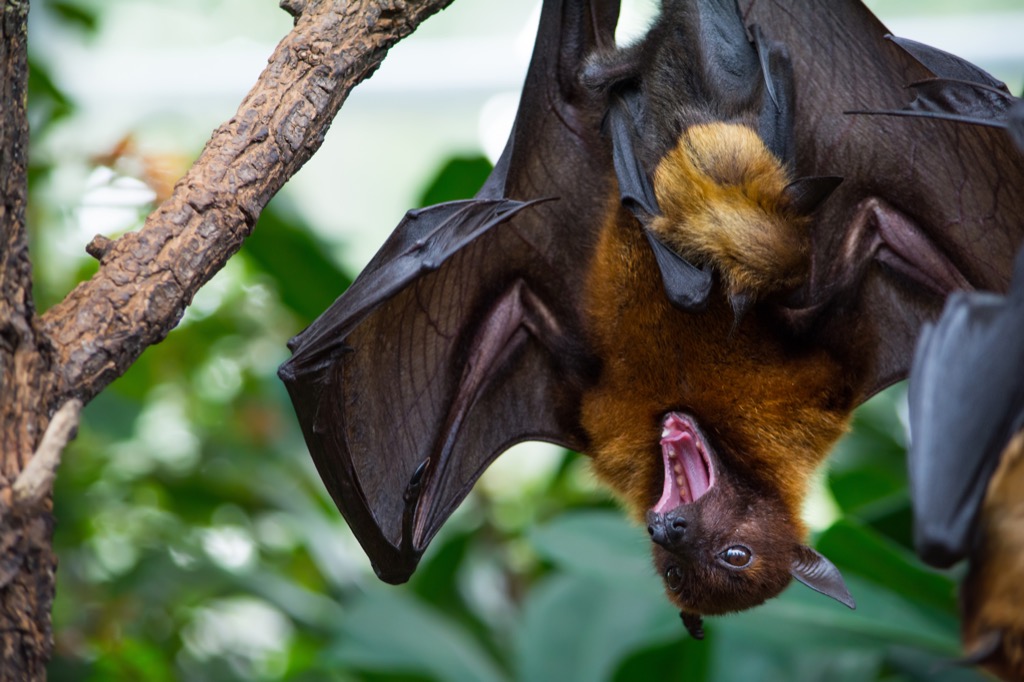
Bats tend to get a bad rap. The truth is, they gobble up lots of troublesome insects. In fact, they’re so good at keeping pests away from our food crops that they save U.S. farmers alone at least $3.7 billion on pesticides every year. So bats are actually a significant factor in our agricultural economy.

Fossil evidence shows us that, over the past 10,000 years, the average human brain has shrunk about the size of a tennis ball. But that doesn’t mean we’re any less intelligent. Our smaller brains are probably more efficient, particularly since most of us live in settled societies and don’t need to constantly be on the lookout for predators. So don’t worry too much; your own brain is probably just fine.


Our galactic home, the Milky Way, is on an inevitable collision course with our nearest neighbor, the Andromeda galaxy.
Stars, including our Sun, will smash into one another and orbits will fly out of whack. The chaos will go on for some time, but eventually, everything will settle down and the two galaxies will merge into one huge elliptical galaxy.
Don’t lose any sleep over this eventuality, though—it won’t happen for another 3.75 billion years.

The average person will grow 590 miles of hair in their lifetime, according to The Express. Presumably this is cumulative of each hair on your body laid end to end. Nose hairs alone contribute 6.5 feet of the total.
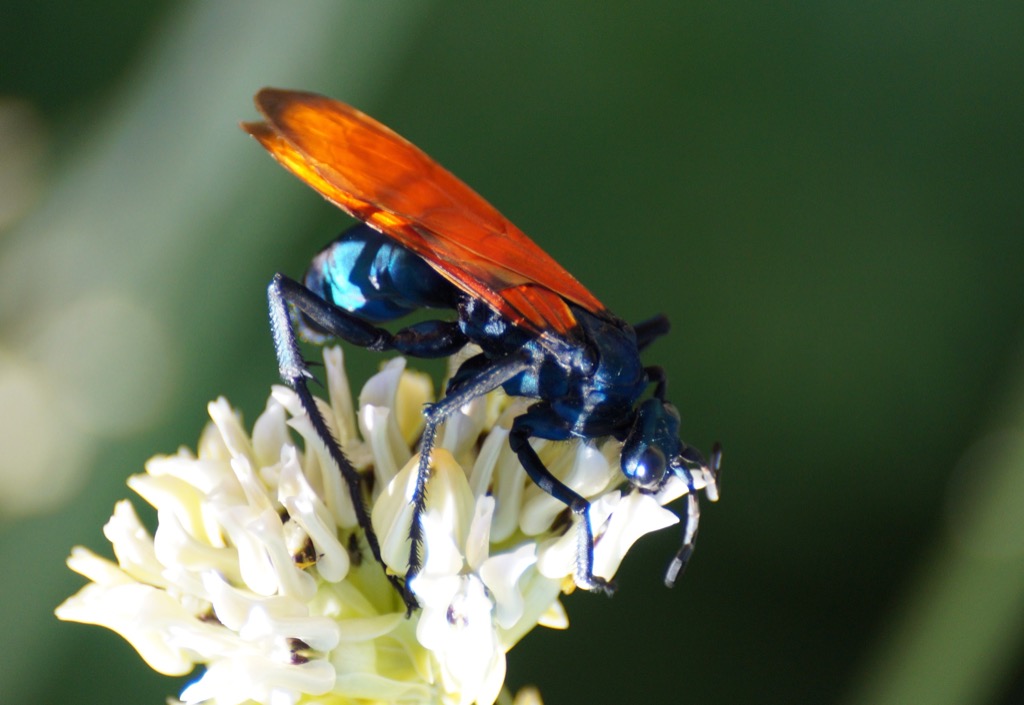
Well, sort of. In 2015, scientists in Thailand discovered a new species of wasp with a horrifying method of killing their prey.
The wasps inject venom into cockroaches to paralyze them, so that they can drag the roach back to their lair and begin to feast while the roach is still alive. To find a name for this wasp, the scientists looked to the Harry Potter universe, in which dementors punish their victims by sucking the souls out of their still-living bodies. And thus, the dementor wasp was born.
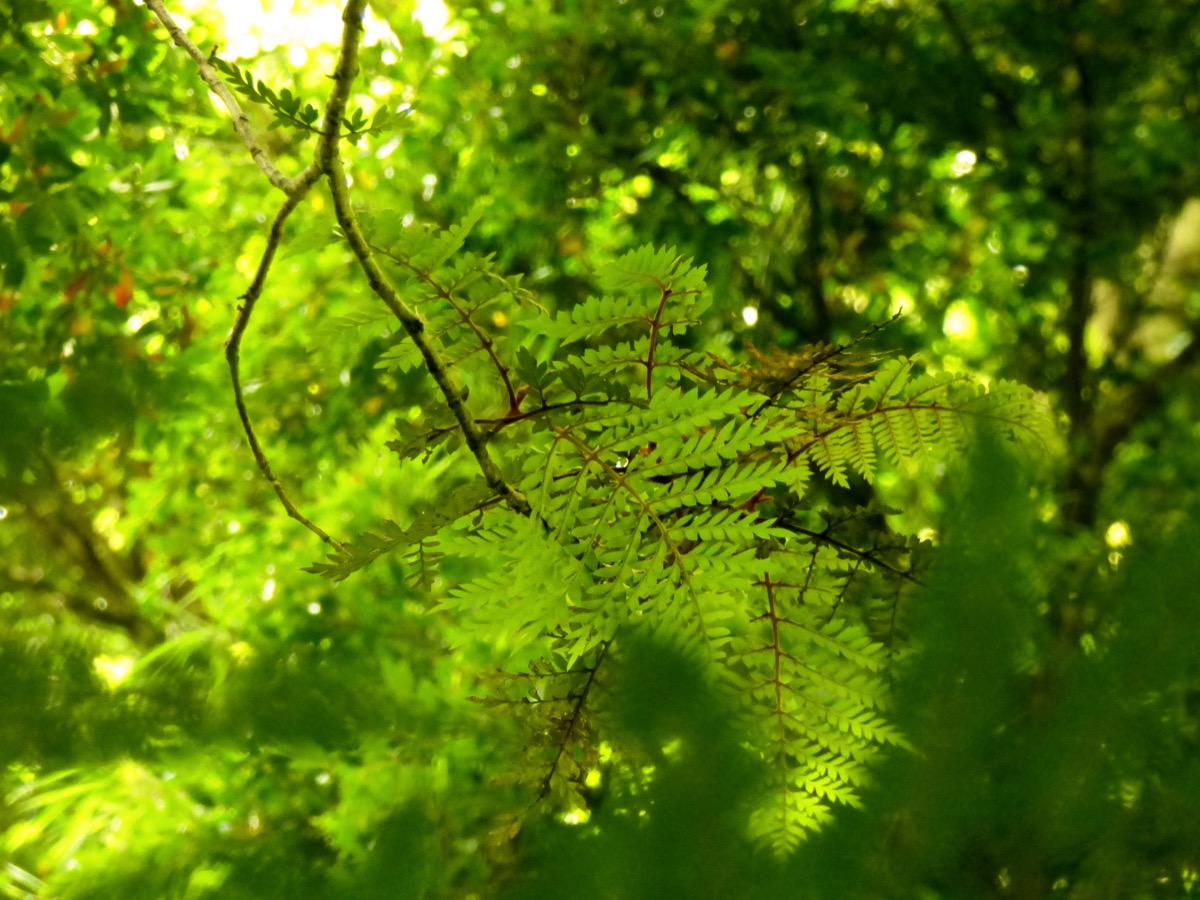
Most plants reproduce by mixing the genetic matter of two or more plants. But that’s not true of a lomatia plant called King’s holly.
To reproduce, the plant simply drops its own branch, which will form its own root system and become its own plant, but with identical DNA to the parent plant. Unfortunately, it’s difficult for these plants to form defenses against diseases and predators without mixing genetic material. So, as a result, King’s holly, which exists only in Tasmania, is critically endangered.
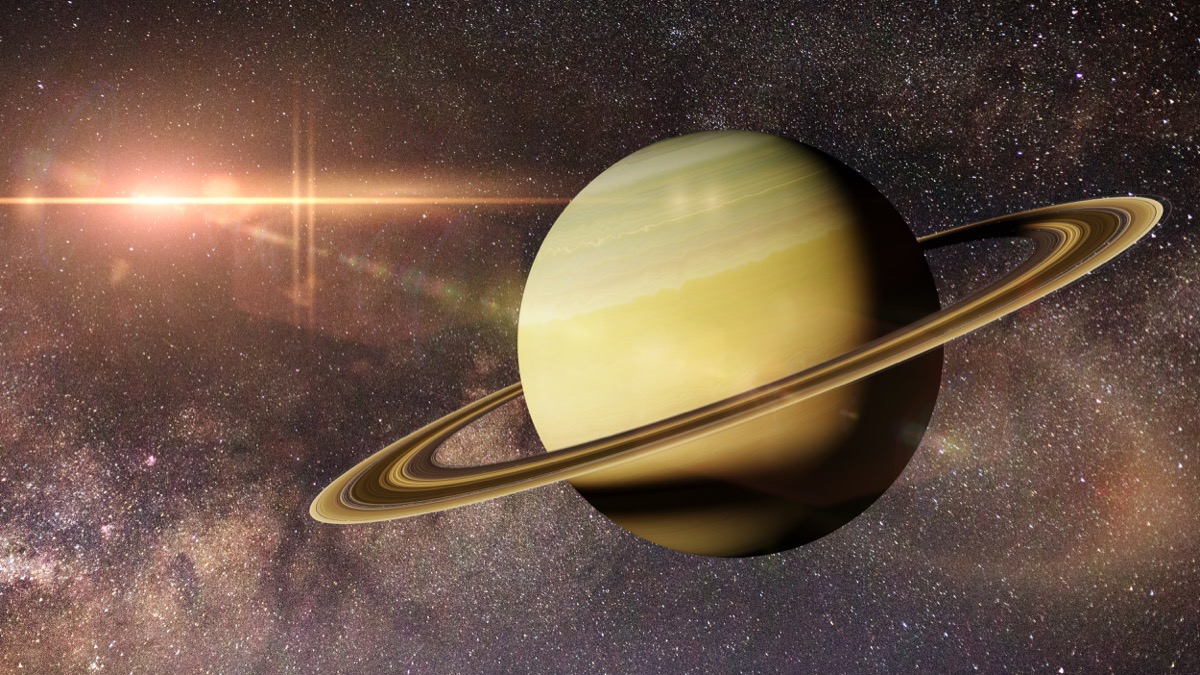
Size has nothing to do with buoyancy. Take a giant iceberg, for example. It’s less dense than what’s underneath it, so it’s able to sit on top of the water.
Gas, too, has a substantially lower density than liquid, including water. So, even though Saturn is the second biggest planet in our solar system, because it’s made up almost entirely of gas and ice, the planet could actually float in water. Good luck finding a bathtub big enough to test this out though.
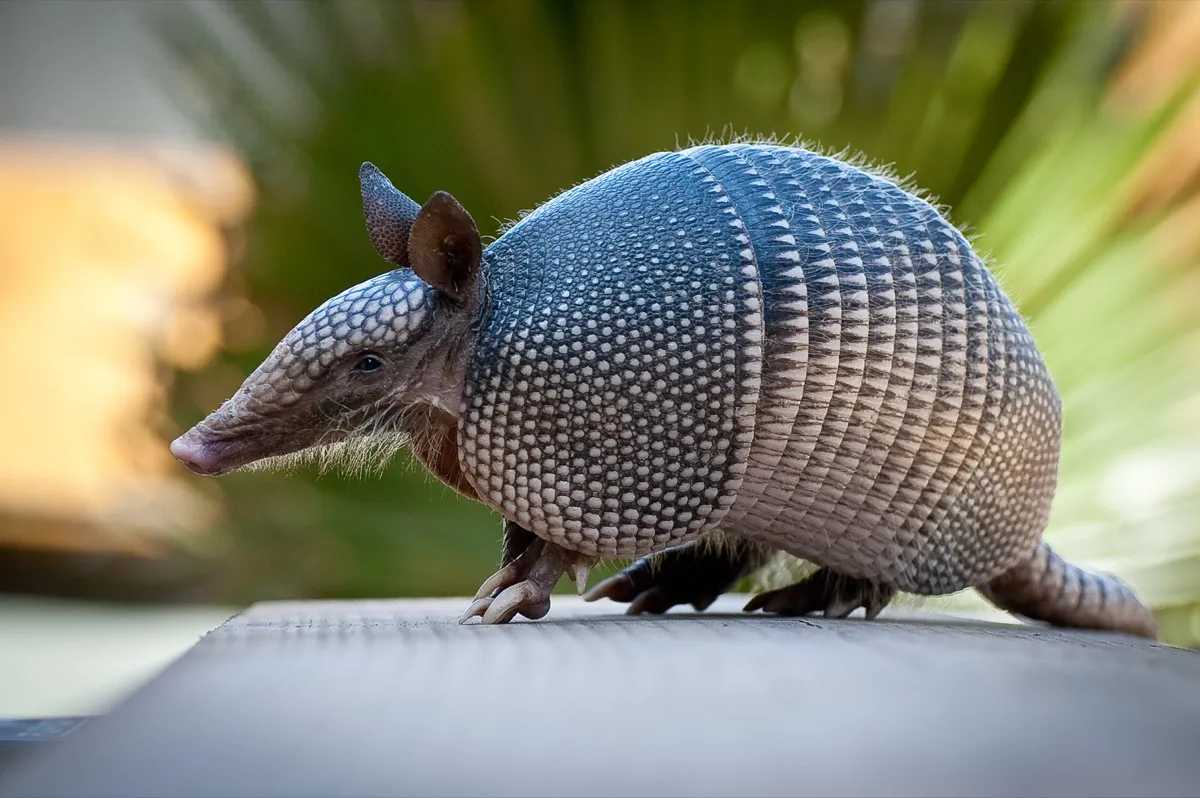
There have been numerous reports that if you shoot an armadillo, the bullet will ricochet off the animal’s armor and instead, hit the shooter.
When a man in Texas pulled out his .38 revolver and fired three shots at an armadillo, the bullet wound up hitting the man in the face, resulting in him needing to have his jaw wired shut. Long story short, please don’t try to test this one at home.

There are more than 200 different viruses that can cause symptoms of the common cold. These upper respiratory infections are usually due to a rhinovirus, but corona viruses, adenoviruses, and enteroviruses can all result in the common cold, as well.
The average adult gets two to four colds a year, which isn’t too bad considering all the different viruses your body has to fight off to maintain that statistic. Thanks, Mother Nature.

Caffeine—which is found in tea leaves, guarana berries, kola nuts, and, of course, coffee beans—acts as a natural pesticide.
It overloads the nervous systems of insects that try to eat the plants containing caffeine, paralyzing and even killing them before they can do too much damage. It affects humans’ central nervous systems, too, but for us, it merely acts as a stimulant.

According to a study from the Functional Anatomy Research Center in Milan, women blink an average of 19 times a minute, whereas men blink only 11 times a minute. And now you know the cards as stacked against women in staring contests.
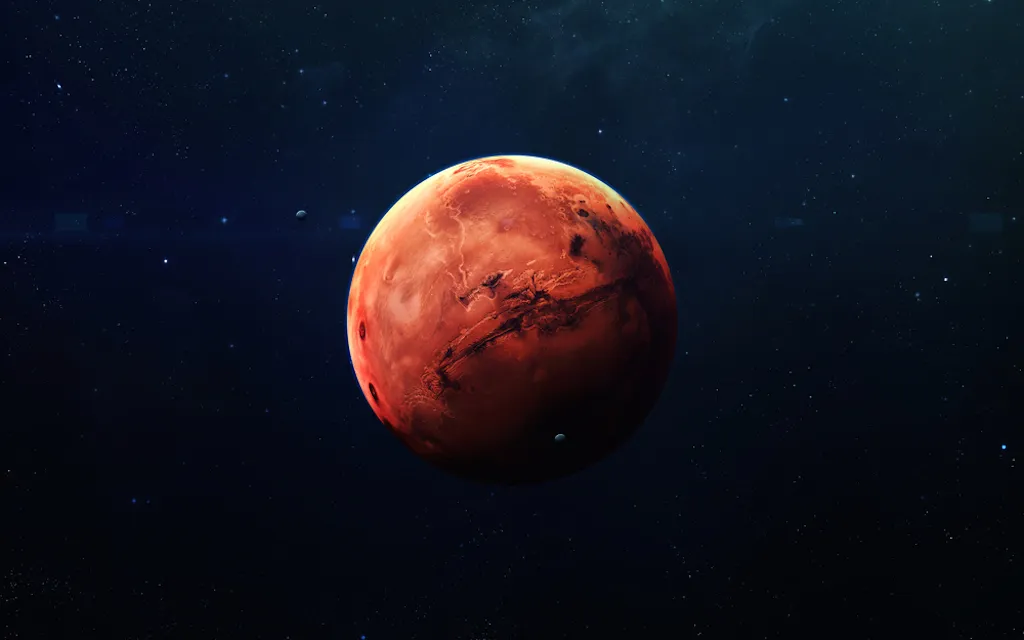
At 13.6 miles high and 370 miles wide, Olympus Mons on Mars’ western hemisphere is the largest volcano in our solar system.
It’s unknown whether this volcano is still active. But what we do know is that Olympus Mons was able to grow so big because Mars, unlike Earth, has no shifting tectonic plates, so the mountain simply sits over a hot spot that gives it a constant supply of lava.
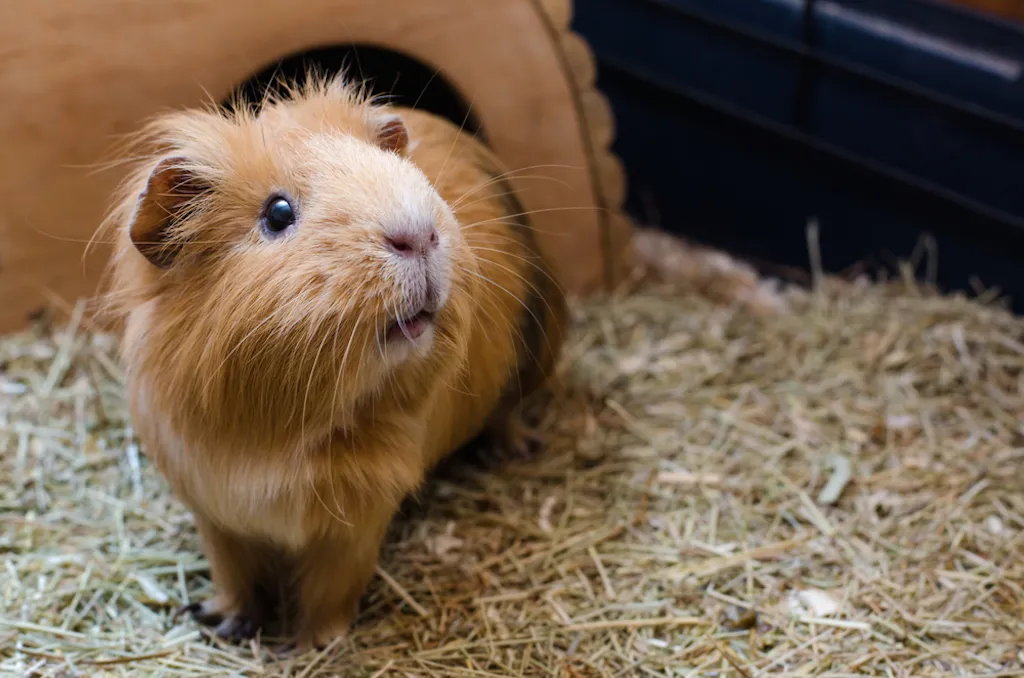
When a guinea pig, particularly a baby guinea pig, gets excited, it just can’t hold that feeling in. It pushes off from all four feet and hops straight up in the air, looking like a kernel of popcorn in a microwave.
Guinea pigs aren’t the only animals that popcorn, as this behavior is called. Gazelles will do something similar to ward off predators, and even horses have been known to popcorn on occasion.
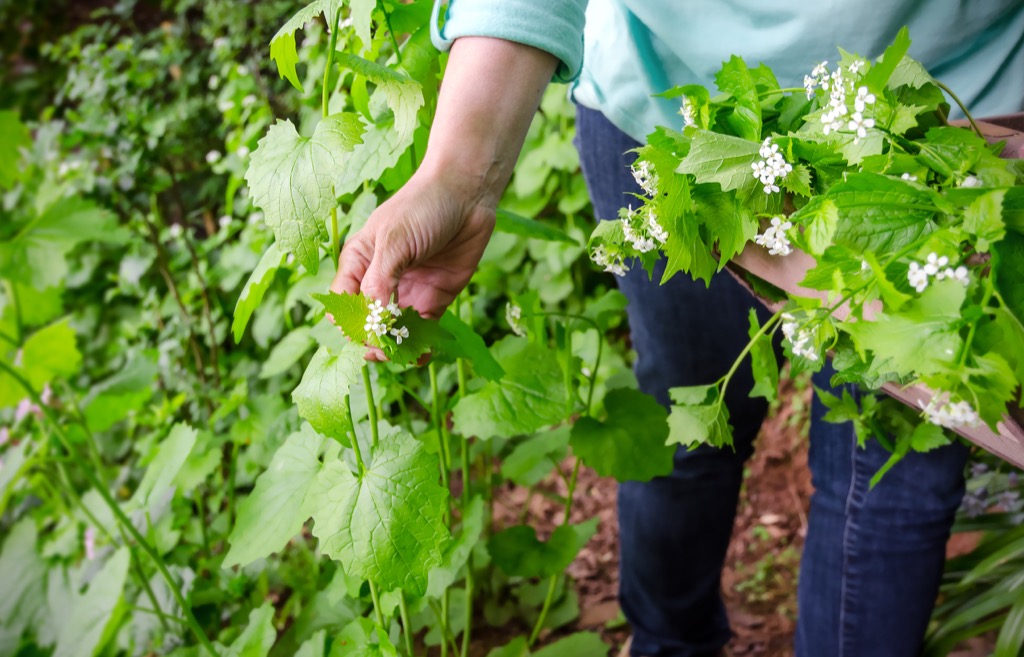
Scientists estimate that there are about 400,000 different species of plants on Earth. It’s much harder to estimate how many of them are edible, but figures range from 80,000 to a whopping 300,000.
But, in all the cultures across the world combined, we eat only 200 of those edible plants. Amazingly, about 50 percent of the plant calories we do eat come from just three species: rice, wheat, and maize (corn).

Your femur, which is your thigh bone, is the largest and strongest bone in your body. Pound for pound, a human femur can withstand four times as much pressure as the same amount of concrete because of the bone’s structure and density. Again, this is not something worth trying at home.
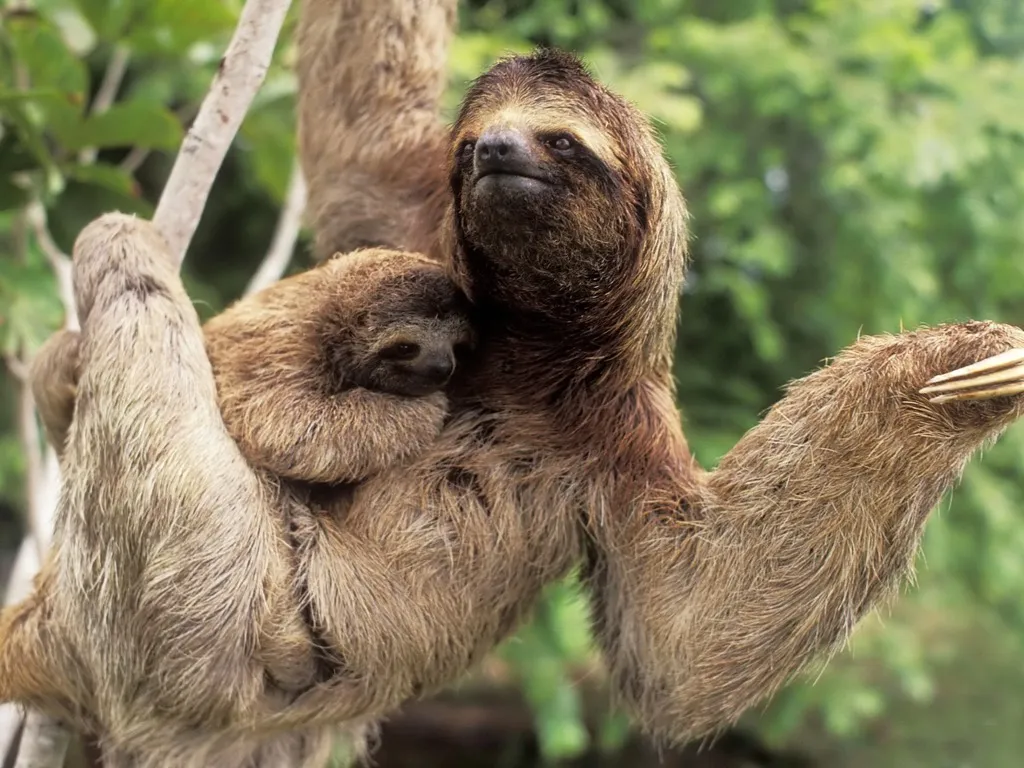
Everything about sloths is slow, including their metabolisms. The average adult sloth poops once every five to seven days, and when it does, it can expel one-third of its own body weight.
Unfortunately, these tree dwellers have to come down to the ground in order to defecate, which saps their energy and leaves them vulnerable to predators. About half of all sloth deaths occur during their once-a-week defecation.

At the heart of a black hole is something called a gravitational singularity, which is a mass so dense that it creates gravity too strong for even light to escape, i.e. the “black” part of black hole.
However, quantum physics actually predicts that black holes, particularly small ones, do emit some observable radiation, including visible light. This is called Hawking radiation, after astrophysicist Dr. Stephen Hawking, and it slowly drains the black holes of their mass and energy.

While this sounds completely counterintuitive, all substances have what’s called a “triple point,” or the exact temperature and pressure at which the three main states of matter—gas, liquid, and solid—are at equilibrium. For water, that point exists at 0.01°C (32.018°F) and 611.657 pascals of partial vapor pressure.
As the temperature and pressure fluctuate in tiny amounts around that triple point, a frozen liquid can start to boil, and a boiling liquid can freeze solid. Pretty wild, huh?
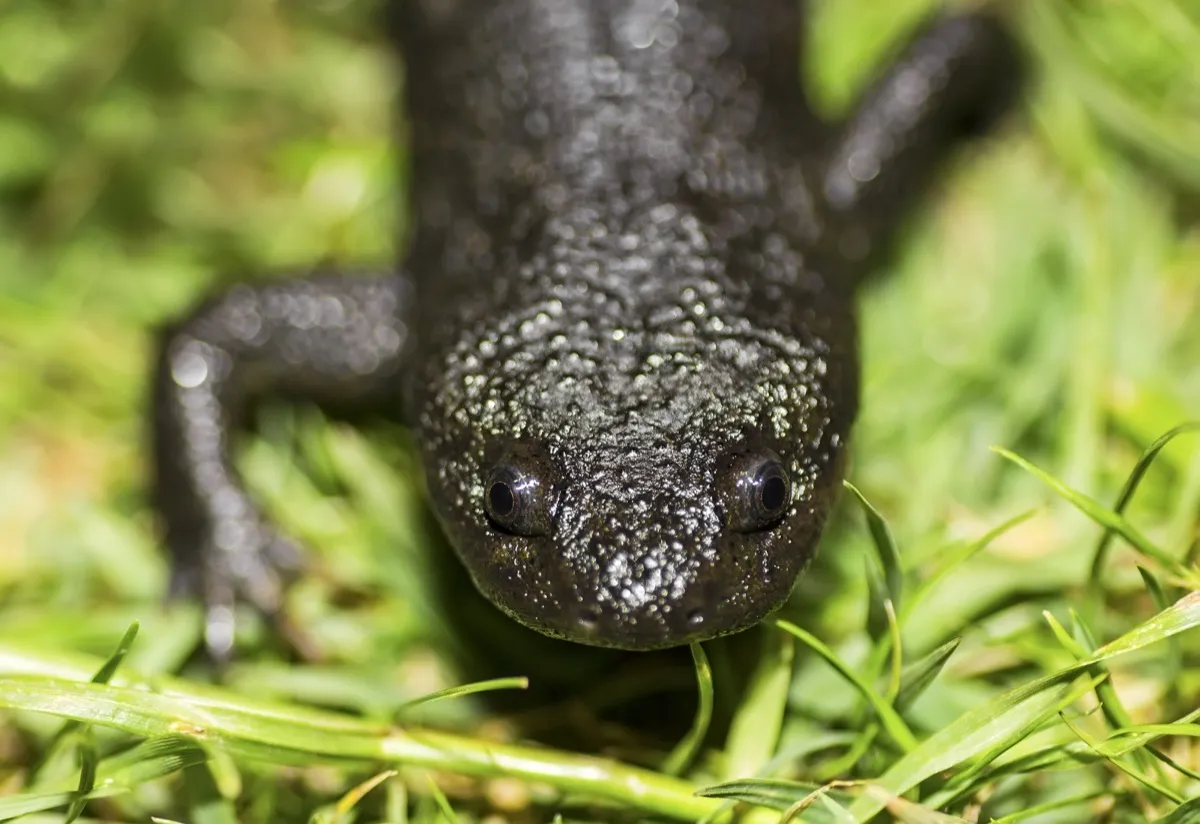
It’s a rough world out there, and animals have to protect themselves from predators however they can. For some, like Iberian ribbed newts, that means pushing their own bones through their skin.
The newt’s abdomen contains special tubercles that allow its ribs to poke out through its skin when the newt is frightened. As an added bonus, its skin secretes a toxic chemical, turning this unassuming little creature into a killer of anything that tries to bite it. Basically, this little guy is real-life Wolverine.
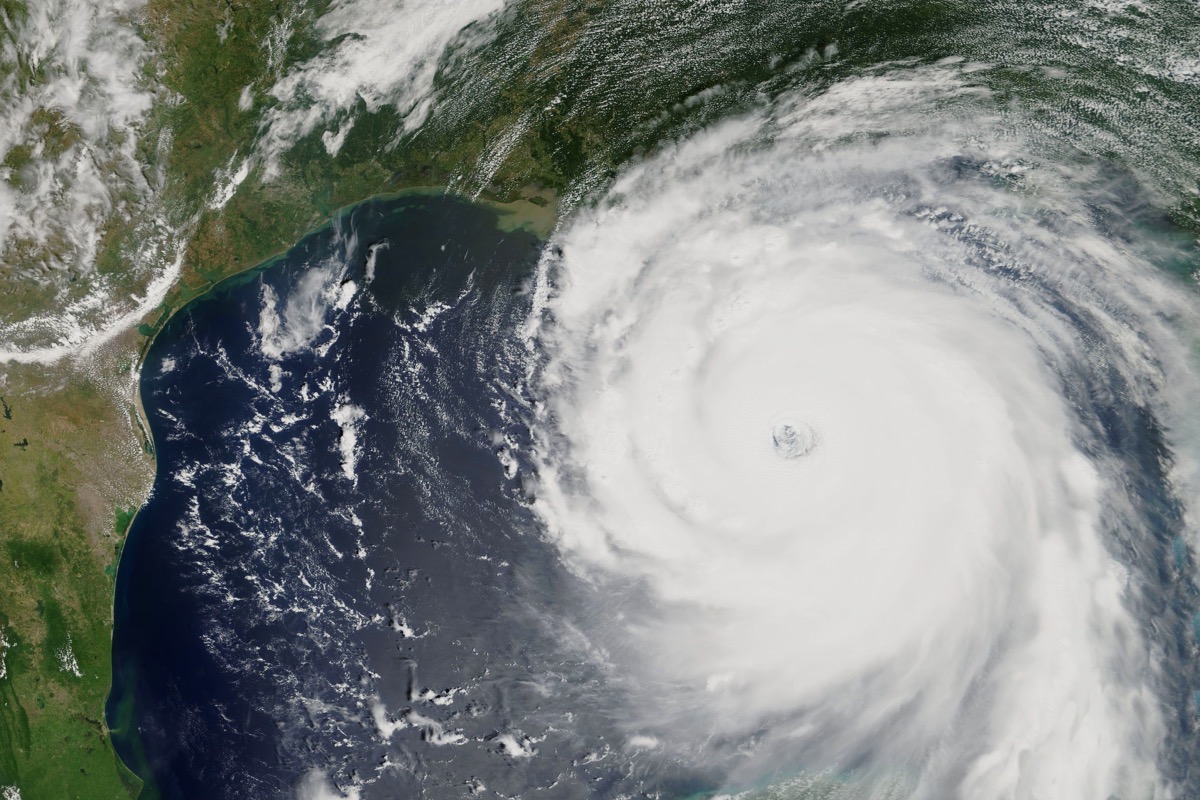
If you measure the kinetic energy of its wind velocity alone, a single mature hurricane can equal about half of our entire planet’s capability of producing electricity. If you measure it in terms of rainfall, though, a hurricane releases the force of 10,000 atomic bombs over an area about 413 miles wide.
The difference, of course, is that the energy is spread out over the entire area instead of radiating from a single point. Still, that much sustained force can do some heavy damage, as all too many Floridians, Texans, Louisianans, and North Carolinians know.
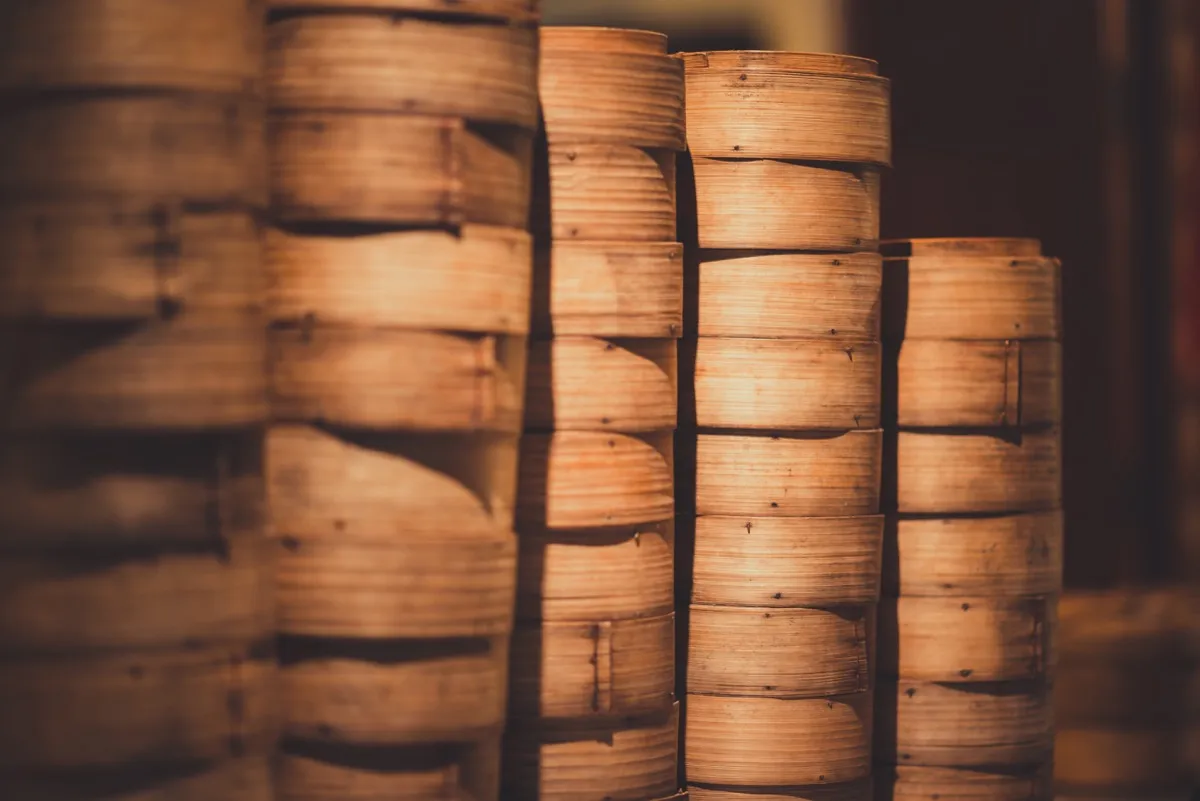
There are about 1,000 different kinds of bamboo and many grow quite fast, but only a few species can reach Guinness World Record speeds. The current record is an astonishing rate of 35 inches in a day, which is nearly three feet. The more typical growth rate in temperate climates is more like 1 to 4 inches per day, which is still a lot.

The tongue is made up of eight muscles: four that anchor it to the head and neck, and four that intertwine to make up a muscular hydrostat, like an elephant’s trunk. While it may not be the strongest muscle in the body—an honor that would go to the heart, the jaw muscles, or even the gluteus maximus, depending on how you measure strength—that doesn’t make the tongue any less remarkable.
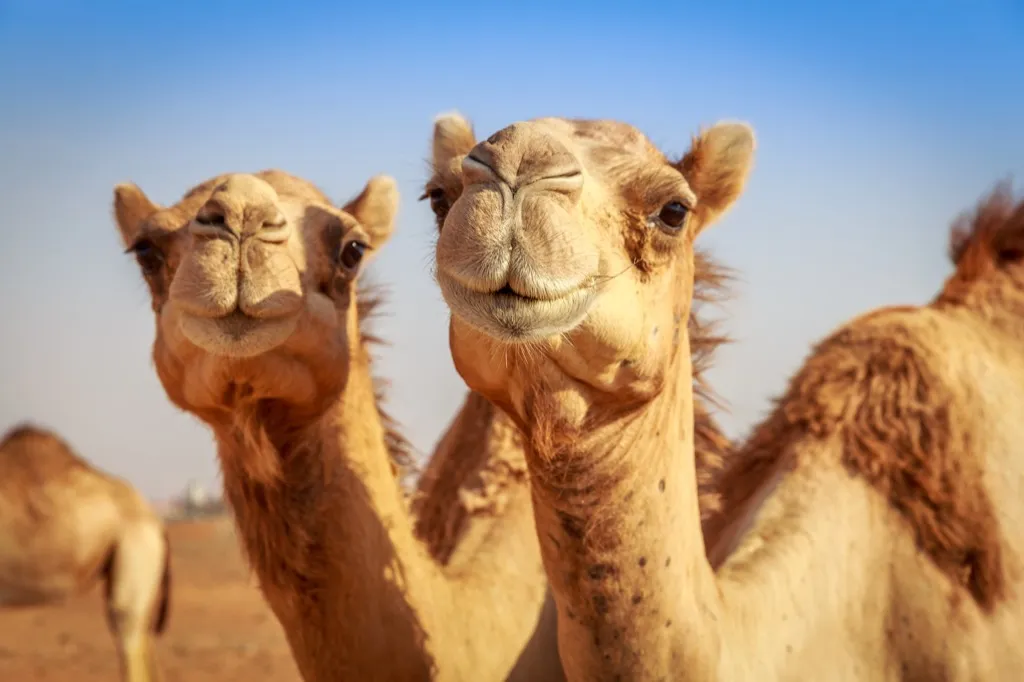
It’s time that the world knew the truth. While you probably didn’t think those camel humps were beverage coolers, you might have imagined that all the water that a camel drinks—up to 53 gallons in three minutes—has to go somewhere. And it does, but it’s not in its humps. The water stays in the camel’s stomach or bloodstream.
Those humps are actually storing fat, which is the camel’s energy source when food is scarce. Since camels live in hot environments, they don’t want all that fat insulating and overheating their organs, so it’s stored in natural “backpacks” instead.
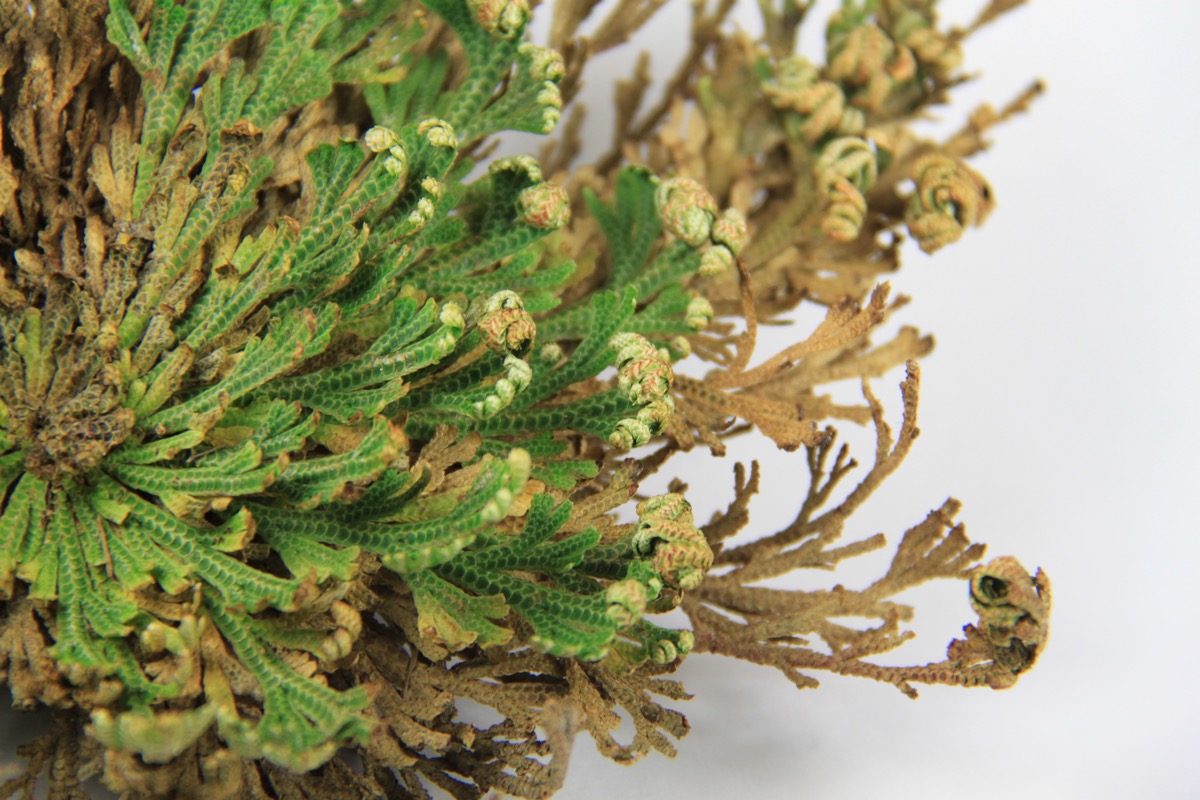
Also known as the “Rose of Jericho” or “dinosaur plant,” Selaginella lepidophylla can survive extreme dehydration. It’s found in deserts in North and South America, and in the total absence of water, it curls up into a dead-looking ball.
It can stay that way for months, but when it comes into contact with moisture, it will revive itself over a matter of hours and start regaining its green color. It synthesizes a special sugar called trehalose that protects its cells from damage as a result of dehydration. It turns out, resurrection is possible.
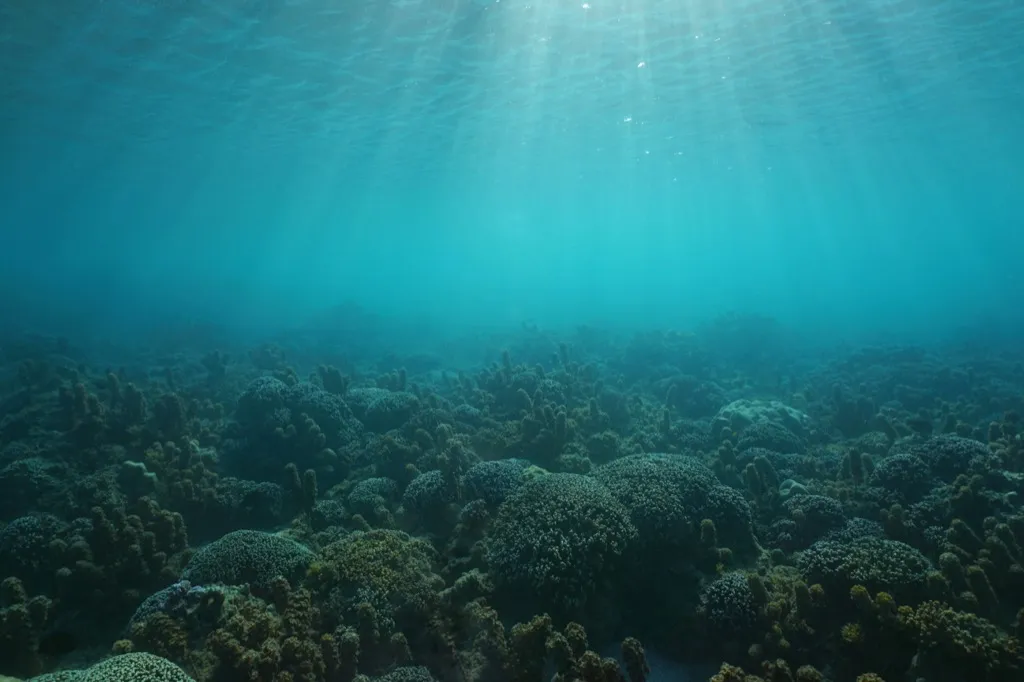
Tiny sea-dwelling creatures called phytoplankton are actually the ones that produce the vast majority of the oxygen in our atmosphere: 50 to 85 percent to be exact. Though they’re too small to see without a microscope, they live in the upper layers of water and use the same method plants do—photosynthesis—to convert sunlight into energy, creating oxygen in the process.
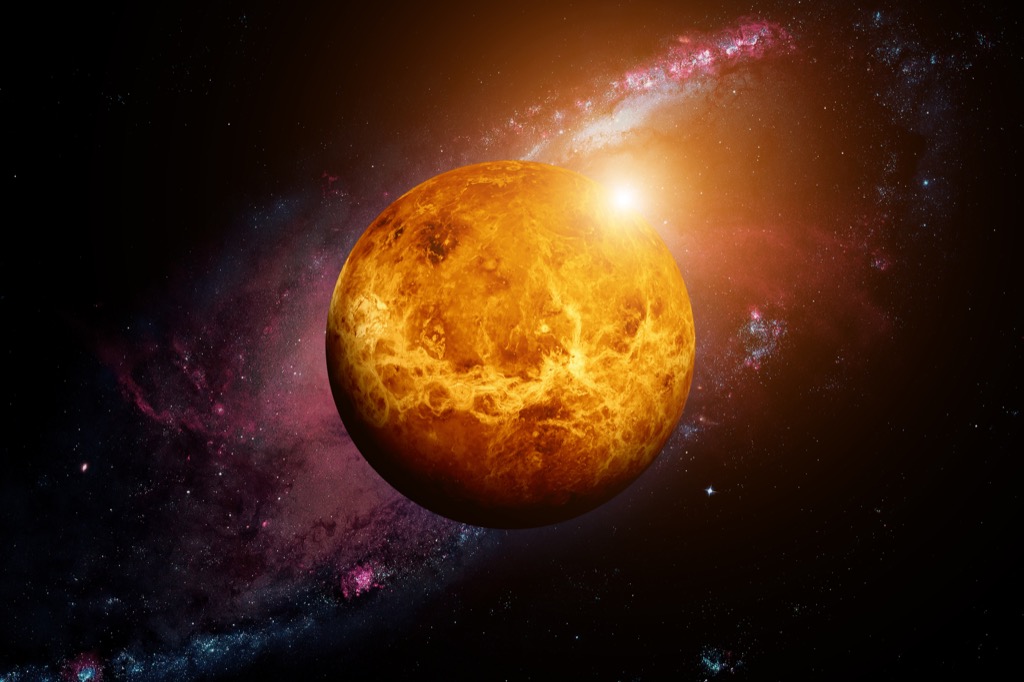
On Earth, it only seems like a day can last longer than a whole year. In reality, our planet rotates on its axis once every 24 hours and makes one complete revolution around the sun every 365.25 days.
On Venus, though, it rotates much more slowly. One Venusian day—i.e. one one rotation on its axis—can take 243 Earth days. That’d be great on weekends, but it’d make the work week feel torturously long.
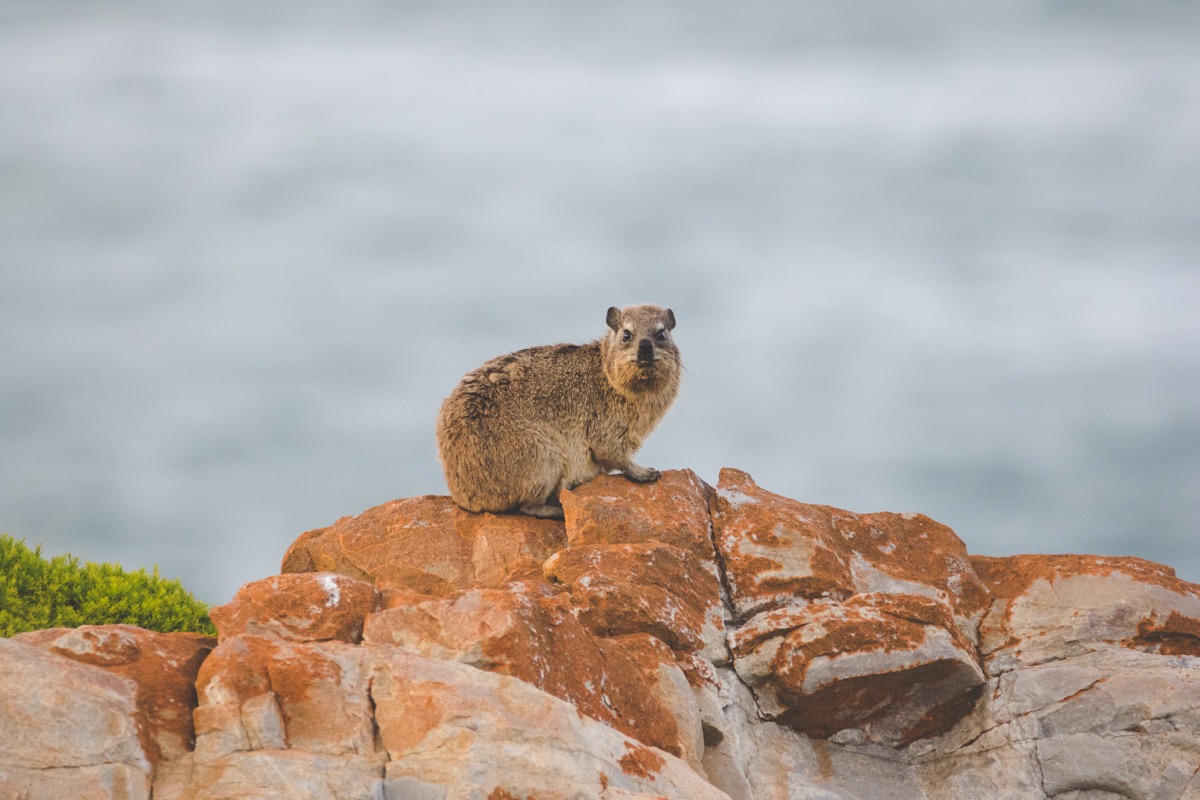
The fuzzy rock hyrax is only found in certain parts of Africa and the Middle East. Though it may look somewhat unremarkable, it has a pretty incredible relative: the elephant. You have to look pretty closely to see the similarities between these 10 pound creatures and a 10,000 pound elephant. But the rock hyrax does have long front teeth that are distinctly tusk-like.
The elephant and the hyrax share another relative in the manatee. We’d totally watch a family reunion among these three species.

Pencils these days are made of graphite, a mineral so soft that it needs to be mixed with a bit of clay to hold its shape while you write. Remarkably, this soft, sooty mineral is made up of the same building blocks as the finest diamonds: carbon.
The two objects contain the same atoms, just arranged differently. Graphite must be subjected to hundreds of thousands of years of intense pressure inside the Earth to form diamonds, hence the cost differential between engagement rings and pencils.
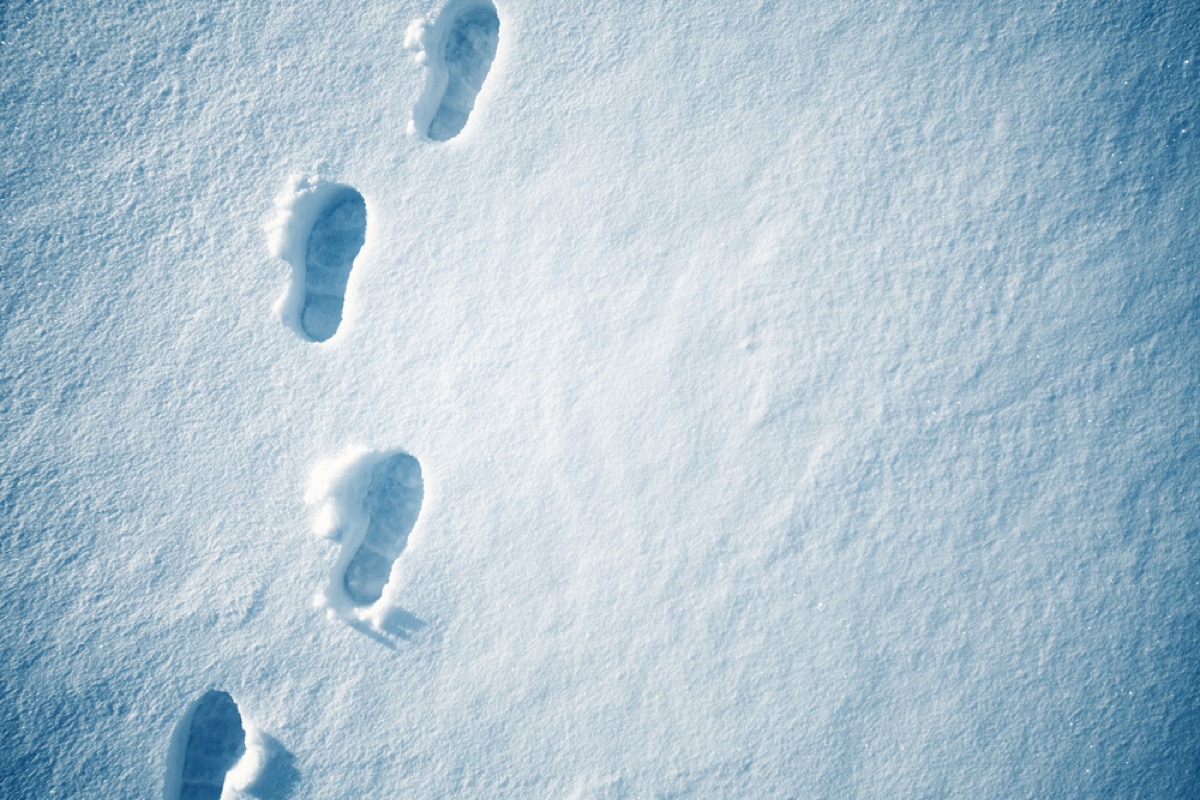
Similar to graphite and diamonds, water and snow are made up of the same molecules arranged differently. Water expands when frozen, and when snowflakes pile up, they trap some air between them. That means the same number of water molecules will take up more volume as snow than they will as liquid water.
The colder the weather is, the more air between snowflakes and the fluffier the snow. At 28°F, 1 inch of rain water is equivalent to 10 inches of snow, but at 20°F, the ratio changes to 1:15.
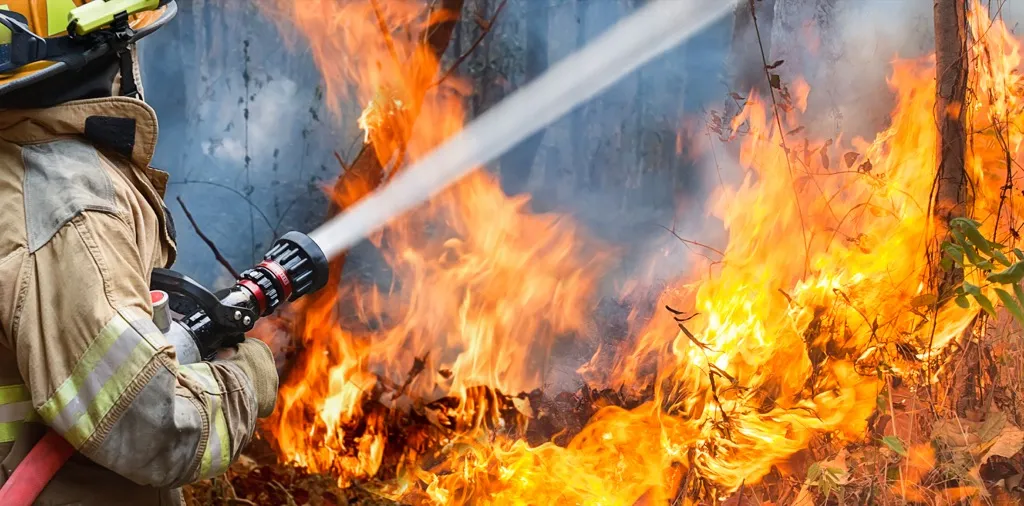
Your DNA is pretty miraculous in that it encodes the entire blueprint for your body using a set of only four characters (amino acids).
And that’s not all. If you treat the outside surface of cotton fabric with concentrated genetic material, the DNA is flame retardant. It seems the molecules that make up DNA are similar to those that make up other fireproofing substances.
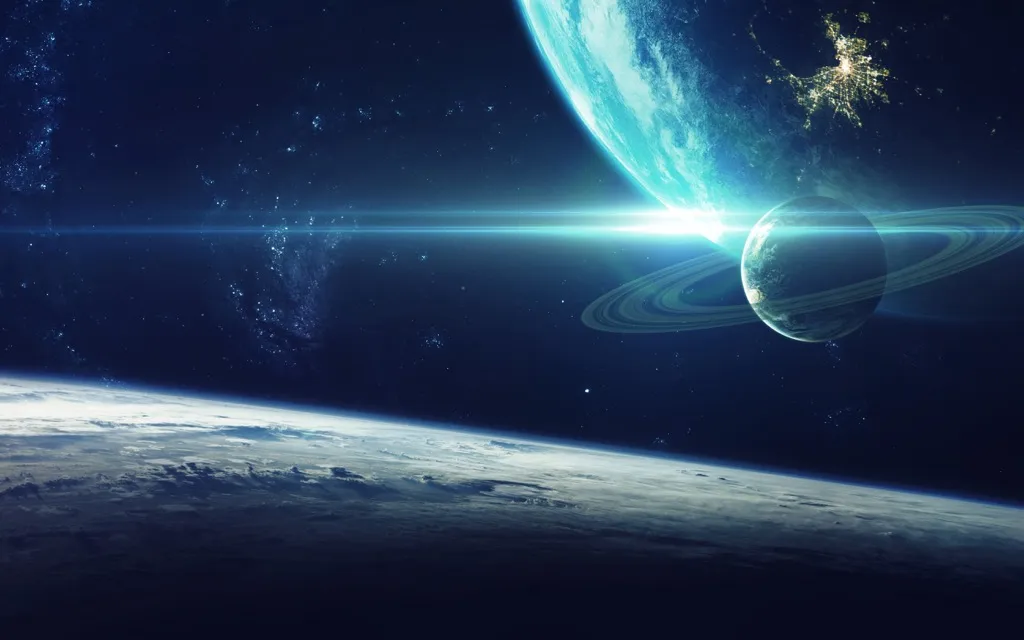
Though it’s true that sound can’t travel through the vacuum of space, NASA has launched multiple probes that have flown close by the planets in our solar systems to make recordings.
As it turns out, charged particles in the planets’ atmospheres interact to create radio waves, and NASA has translated these waves into audible sounds. Each planet has its own unique “song,” and they’re all a bit eerie. Jupiter sounds a bit like being underwater, Neptune sounds like ocean waves, and Saturn sounds like the background of a horror movie.
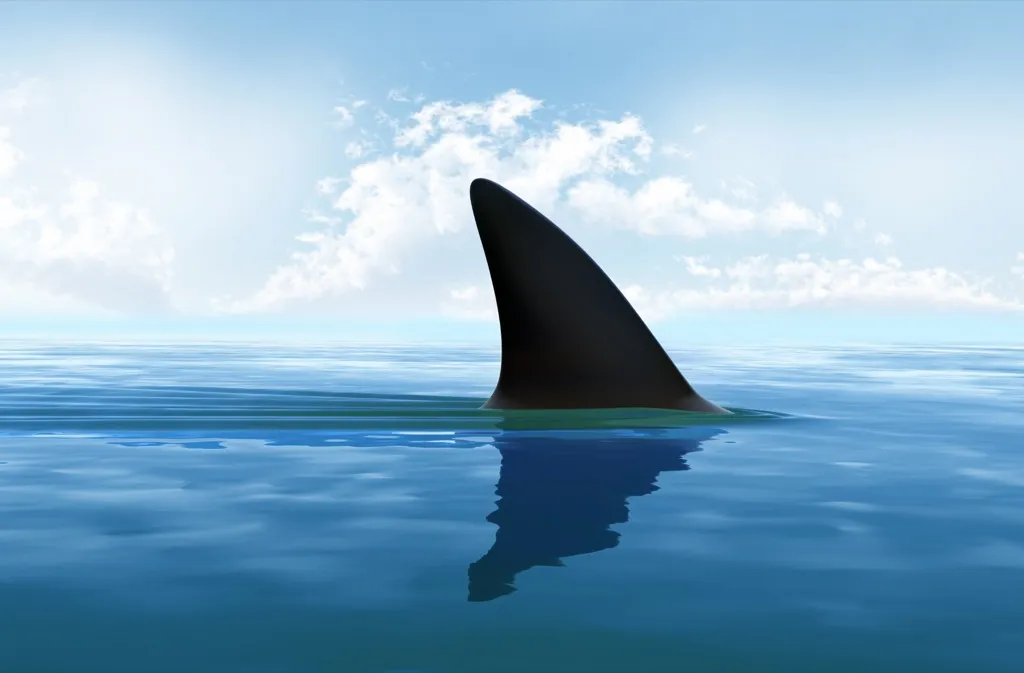
The longest-living vertebrate animal on the planet is the Greenland shark. At 21 feet long and 2,200 pounds, it’s also one of the world’s largest predators.
In 2016, when scientists found a method of determining age by examining the proteins in the lens of the sharks’ eyes, they realized their specimen lived to be between 300 and 500 years old. Perhaps because they live such a long time, Greenland sharks grow very slowly: only about a centimeter a year. On top of that, they don’t reach sexual maturity until they’re 150 years old.
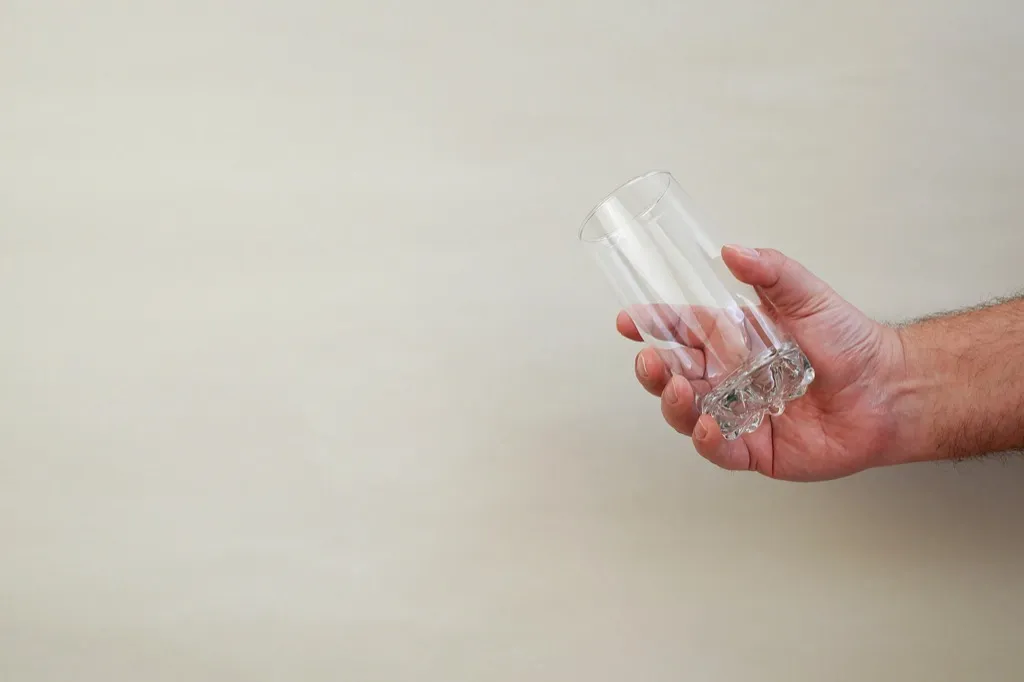
Glass is an amorphous solid that doesn’t have the rigid structure of a true solid, nor is it a supercooled liquid, as many have long believed. It’s somewhere in between the two. Mind.Blown.
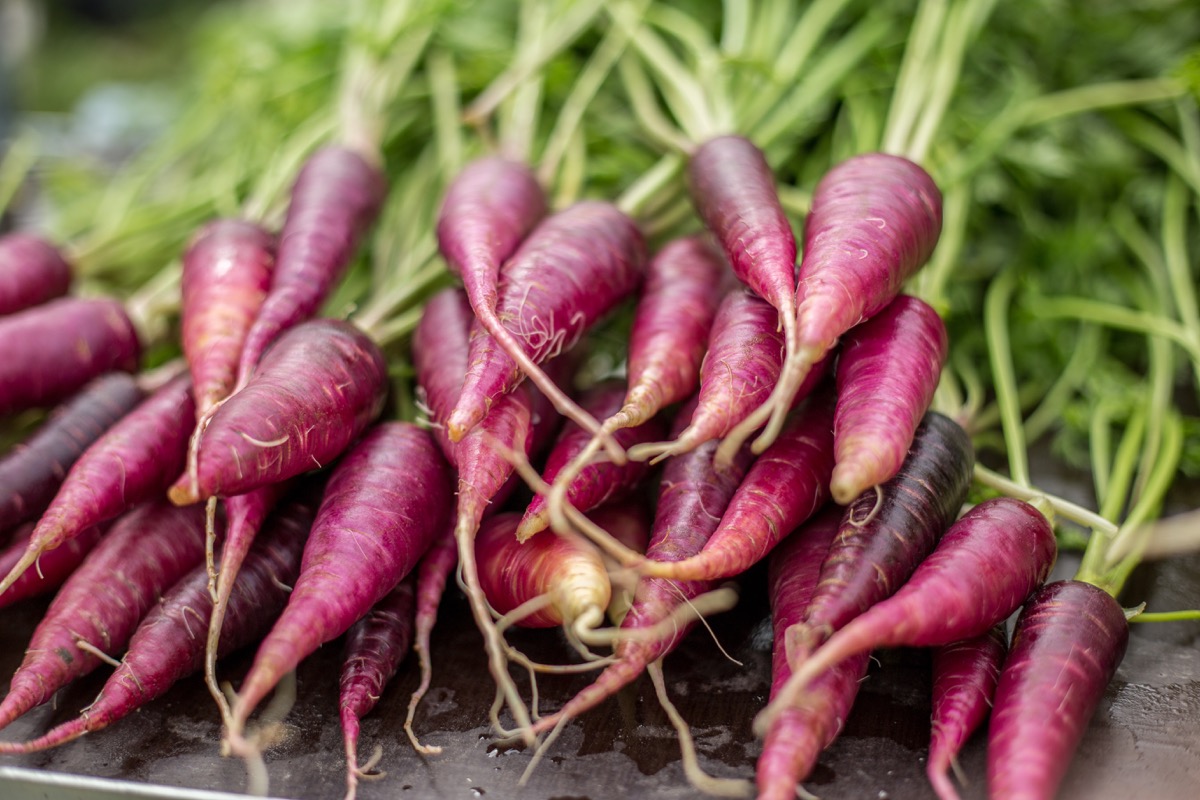
When carrots were first domesticated as a food crop in 10th century Afghanistan, they were largely a rich purple color, with a few yellow carrots among them. Eventually, carrot seeds made their way to Europe. Over time, people figured out that the yellow carrots actually tasted better than the dark purple varieties, which had a bit of a bitter flavor.
Dutch farmers went to work to breed an even tastier carrot, and by the 16th century, they had developed the bold orange carrot we know today.
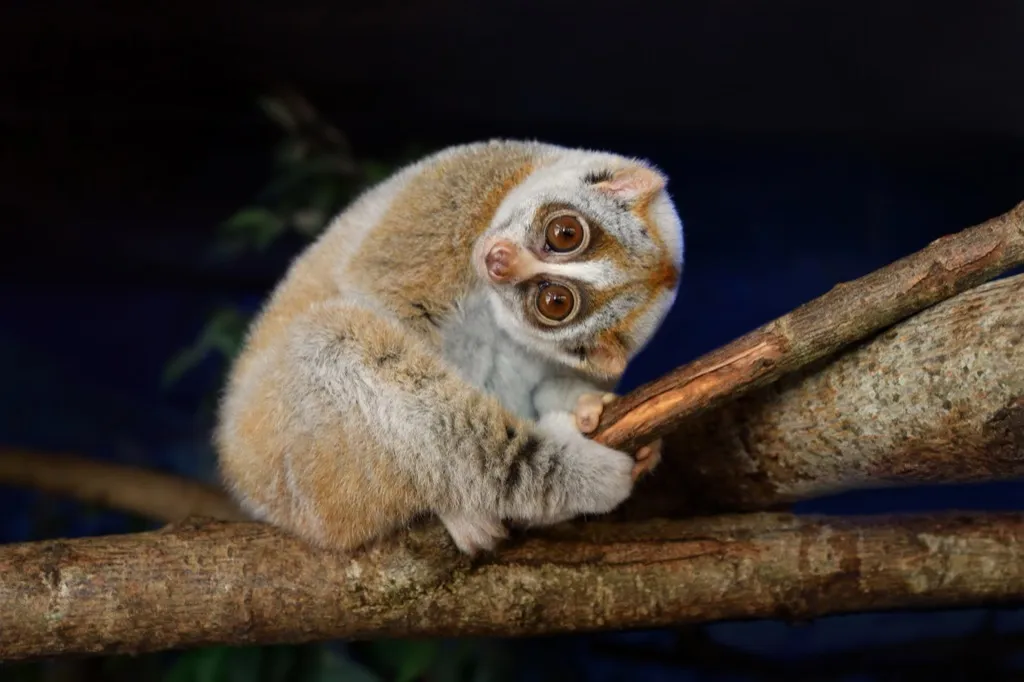
Found only in Southeast Asia, the slow loris is a small, monkey-like creature that you might recognize for its big round eyes.
They also have the distinction of being the only primate in the animal kingdom with a venomous bite. They lick a toxin-producing gland under their arm before deterring predators with their teeth. In humans, this venom provokes an allergic reaction that usually results in a painful swelling, though there is at least one report of a human dying of anaphylaxis from a slow loris bite.

A scientist at the University of Zurich observed that, when faced with aggressive males, female moorland hawker dragonflies freeze mid-air, fall to the ground, and lie there motionless. In the research, more than 60 percent of the females observed escaped after faking their deaths.
It’s a practice called sexual death feigning, which is an attempt to avoid injury and sometimes even death that can result from female dragonflies being coerced into mating. In addition to the dragonfly, four other species, like the spider and praying mantis, are known to practice sexual death feigning.

Beneath a tiger’s fur, the animal’s skin is striped as well. Although shaving a tiger is not recommended, if you were to do so, you would see dark and light stripes in the same pattern as its fur.
Just as some men have a very visible “five o’clock shadow” where their beards grow, the dark hair follicles of a tiger are easily distinguished from the light ones on its skin. Snow leopards and other big cats also have skin markings to match their fur.
To discover more amazing secrets about living your best life, click here to follow us on Instagram!